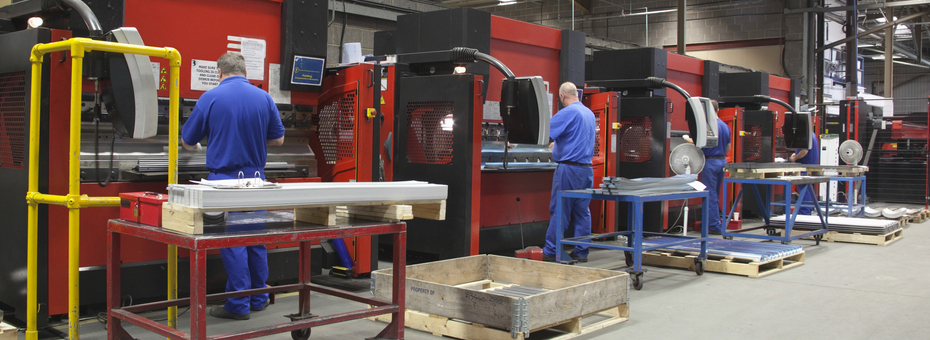People often have a hard time with the idea of standard work. They complain that they are not robots, that everyone is different with different capabilities. They are suspicious about efforts to have different people do the same job the same way—and in fact worry that it’s a veiled attempt to have a basis for firing people. Having done lean for more than 30 years, I can state emphatically that this is not the case. This is a huge misconception about lean (done right). Creating meaningful standard work is nothing more than a recognition that the best asset any company has is its people. Standard work is essential for growing your people and improving their skills.
What standard work does is create a work sequence and time standard for every step in a process. Say, for example, you have 7 steps in a process. The sequence is 1 through 7 and the standard time for each step is determined by observation. You might have; Step 1= 5”, Step 2 = 12”, Step 3 = 18”, Step 4 = 9”, Step 5 = 15”, Step 6 = 22” and step 7 = 7”. The total time for this sequence is thus 88”. If the takt time is 90” then this is a job that can be done by one person. At each step you would post the standard work required for that station, using pictures if possible, to keep the people doing the work on track. Once the standard work has been established, it becomes the way anyone who does this job needs to do it.
If you don’t establish this consistency, then how can you have reliable quality or consistent output (productivity)? If six people all do the same job, yet they all do it differently, your quality and productivity will also have six different outcomes. If you’re a service provider and all of your employees provide that service that way, you will probably have a lot of unhappy customers. Think about a restaurant, you probably won’t go back if the same meal tastes different every time.
Standard work is essential for growing your people and improving their skills.
More importantly, if you don’t have this baseline, then what is the basis going to be for improvement? The goal of the local manager and cell team members and of the entire organization is to constantly upgrade and improve the standard work. This is done through a combination of formal kaizen activity and suggestions and improvements coming from the cell team itself and its leader. Toyota is the master at this later part.
Keep in mind that the goal of standard work is not for people to work faster per se; it’s about helping them work smarter and safer. Delivering better quality and value to the customer, while reducing lead times will be the natural outcome of this process. Above all the purpose of standard work is to grow your people; establishing standard work and then improving on it is a major part of creating a learning environment where every employee is contributing their ideas and learning new ways every day. As part of that, if someone suggests an easier and better way to do the job, listen to them. Perhaps that should become the new standard work.
Finally, be aware that while it will take a lot of effort to get everyone to adhere to standard work, getting people to buy in to it is only the first step. Because standard work is the baseline for improvement you have to create the conditions whereby it can constantly be improved. This work is the responsibility of the shop floor supervisors and the operators themselves. It won’t happen without constant management pressure and support. And of course, since lean is about continuous improvement forever, note that once you have established standard work you will be ready to move on to other lean fundamentals such as pull.
Building a Lean Operating and Management System
Gain the in-depth understanding of lean principles, thinking, and practices.





